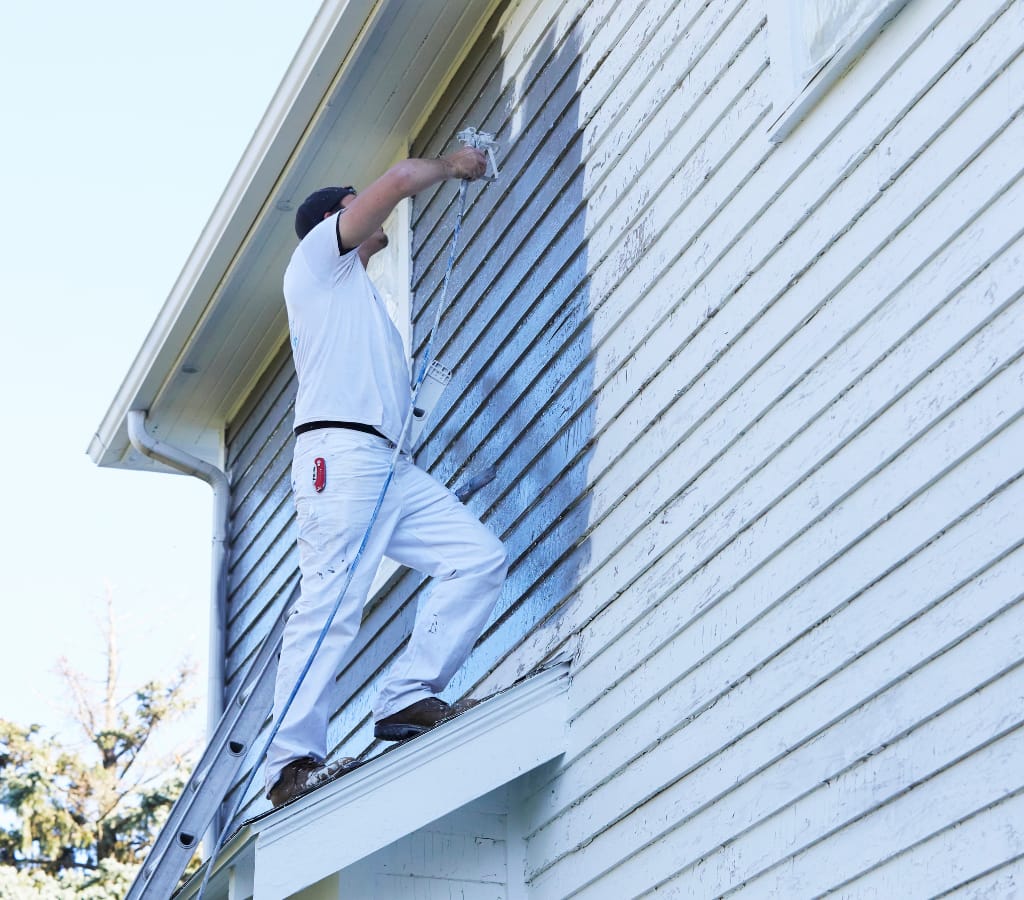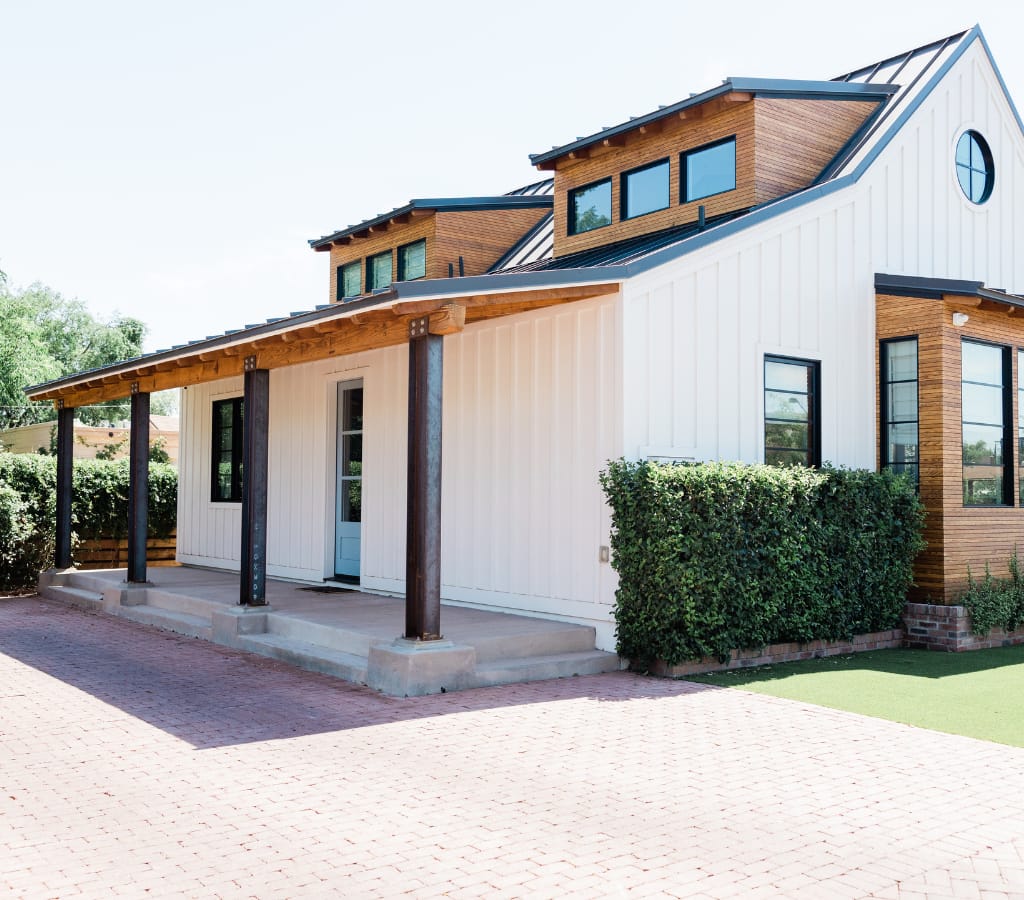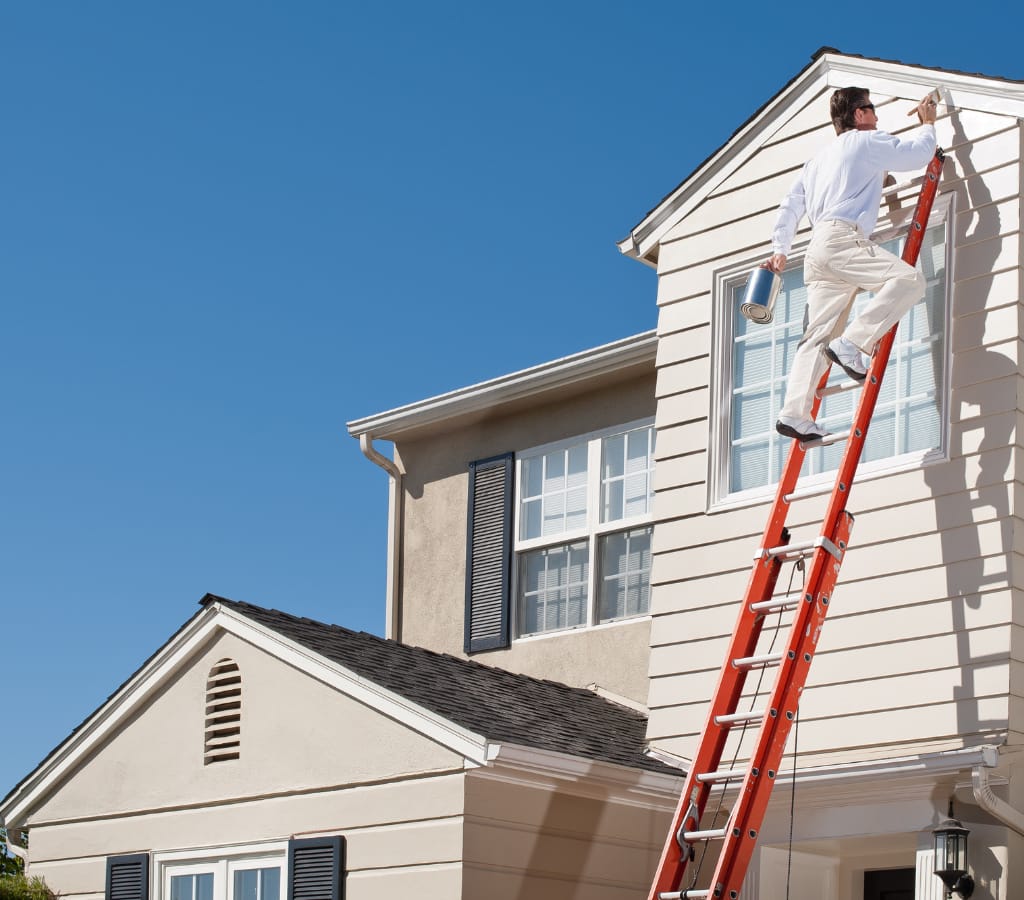Last Updated on October 11, 2024 by SampleBoard
One of the most common questions when preparing to paint your house is whether priming is necessary.
Priming provides a solid base for the paint to adhere to and ensures a long-lasting, even finish.
However, not every surface requires priming, and the condition of the existing paint or material will determine if it’s necessary.

Sometimes, depending on the surface condition, you can paint over old paint without priming.
You can skip the primer if the old paint is still in good shape and not peeling or damaged.
However, if the old paint is worn or stained, applying primer will help create a smooth base for the new paint.
Skipping primer can result in several problems, especially on porous or uneven surfaces.
The new paint may peel, flake, or lead to uneven coverage. This is particularly true if the surface has been repaired, stained, or sanded.
Primer helps seal the surface and ensures your paint job looks professional and lasts longer.
Primer is highly recommended for exterior surfaces, especially in Australia’s varied climate.
Exterior surfaces are exposed to weather, and primer helps seal the material and protect it from moisture and sun damage.
Skipping primer for outdoor projects can lead to premature fading, cracking, and peeling.
Light sanding is often beneficial before applying primer, especially if the old paint is glossy.
Sanding creates a slightly rough surface, allowing the primer to adhere better.
It’s not about removing all the paint—just enough to dull the finish and create texture for the primer to grip onto.
Typically, one coat of primer is sufficient for most surfaces.
However, a second coat may be necessary to deal with a particularly porous surface or cover dark colors.
Check the specific primer recommendations and ensure the surface is covered before painting.


Clean the surface with a pressure washer to remove dirt and grime.
Once clean, scrape off any loose paint, fill cracks, and sand down rough areas.
This step ensures the surface is smooth and ready for priming and painting.
Proper preparation is critical to a lasting paint job, especially for exterior surfaces.
If you’re looking for professional painting services, consider contacting trusted Newcastle painters for advice on your next project.
Depending on the size and texture of the surface, primer can be applied with either tool.
A brush is fine for edges and small areas, while a roller works best for larger surface areas.
Use a roller with a longer nap for textured surfaces; a shorter nap works well for smooth surfaces.
Yes, lightly wetting the roller before applying primer helps it absorb the primer evenly, resulting in smoother application.
Be sure to remove excess water before starting to avoid diluting the primer. When applying primer, it’s essential to use the right roller.
If you’re working on a textured surface, a roller with a longer nap is ideal.
For smoother surfaces, use a roller with a short nap to ensure an even application.
Once the primer has dried, sanding the surface lightly is a good idea.
This removes any imperfections and ensures a smooth base for the final coat of paint.
Use fine-grit sandpaper (around 220 grit) for this task.
Not sanding a glossy or smooth surface before repainting can prevent the new paint from adhering correctly.
Without sanding, the new paint may peel or chip prematurely.
Sanding roughs the surface enough to allow the new paint to bond correctly.


Yes, you can paint directly over the primer once it’s dry.
Ensure the primer has an even, smooth surface, as imperfections will show through the top coat.
Lightly sanding the primer before painting can help ensure a flawless finish.
Many professionals sand between coats of paint to ensure a high-quality finish.
It removes any small bumps or imperfections that might have appeared during drying and helps the layers of paint adhere to each other, resulting in a smoother, more durable finish.
Sanding between coats ensures that each layer bonds well and creates a smooth, even surface.
This is particularly important for high-traffic areas or surfaces exposed to harsh conditions like exterior walls.
Priming is essential in many painting projects, especially for bare, porous surfaces or exposed to the elements.
Proper preparation, including cleaning, sanding, and priming, ensures your paint job is smooth, durable, and long-lasting.
Skipping primer can lead to poor adhesion and a shorter lifespan for your paint.


Proper preparation and priming are essential for a successful and long-lasting paint job, especially for exterior surfaces exposed to harsh elements.
Skipping primer can lead to poor adhesion and a shorter lifespan for your paint.
Following the recommended steps, such as cleaning, sanding, and applying primer, ensures a smooth, durable finish that will last.
Whether you're painting indoors or outdoors, investing time in preparation and using a primer will ultimately lead to a professional-looking and enduring paint job.